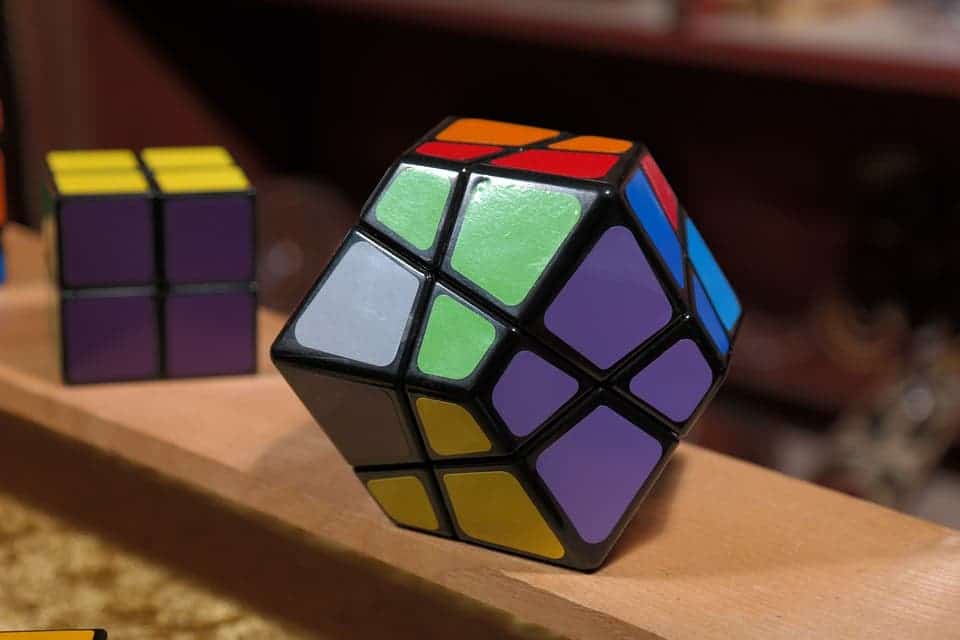If it’s too hard, or too easy, you probably won’t study very well, according to a new study.

Learning is a funny process. We’d all love for us to sit down and study something only to ace it in the first five minutes with minimal effort — but that’s not how things go. Empirical observations in schools and previous research into the subject found that people learn best when challenged by something just outside of their immediate grasp. In other words, if a subject is way above our heads, we tend to give up or fail so spectacularly that we don’t learn anything; neither will we invest time into studying something we deem too simple.
However, the ideal ‘difficulty level’ in regard to learning remained a matter of some debate. According to the new study, however, we learn best when we ‘fail’ around 15% of the time (conversely, when we only get it right 85% of the time).
The sweet spot
“These ideas that were out there in the education field — that there is this ‘zone of proximal difficulty,’ in which you ought to be maximizing your learning — we’ve put that on a mathematical footing,” said UArizona assistant professor of psychology and cognitive science Robert Wilson, lead author of the study.
The team, which also included members from Brown University, the University of California, Los Angeles University, and Princeton University, conducted a series of machine-learning experiments for the study. This involved teaching computers simple tasks (such as classifying different patterns into one of two categories, or discerning handwritten digits between odd or even). The computers learned best, i.e. improved the fastest, when the difficulty of the task was such that they responded with 85% accuracy. A review of previous research on animal learning suggests that the ‘85% rule’ held true in these studies as well.
“If you have an error rate of 15% or accuracy of 85%, you are always maximizing your rate of learning in these two-choice tasks,” Wilson said.
This 85% rule most likely applies to perceptual learning, the gradual process by which we learn through experience and examples. An example of perceptual learning would be a doctor learning to tell fractured bones from fissured bones on X-ray scans.
“You get better at [the task] over time, and you need experience and you need examples to get better,” Wilson said. “I can imagine giving easy examples and giving difficult examples and giving intermediate examples. If I give really easy examples, you get 100% right all the time and there’s nothing left to learn. If I give really hard examples, you’ll be 50% correct and still not learning anything new, whereas if I give you something in between, you can be at this sweet spot where you are getting the most information from each particular example.”
Time for the pinch of salt, however. The team only worked with simple tasks involving crystal-clear right and wrong answers, but life tends to get more complicated than that. Another glaring limitation is that they worked with algorithms, not people. However, the team is confident that there is value in their findings, and believe that their ‘85%’ approach to learning could help improve our educational systems.
“If you are taking classes that are too easy and acing them all the time, then you probably aren’t getting as much out of a class as someone who’s struggling but managing to keep up,” he said. “The hope is we can expand this work and start to talk about more complicated forms of learning.”
The paper “The Eighty Five Percent Rule for optimal learning” has been published in the journal Nature Communications.









